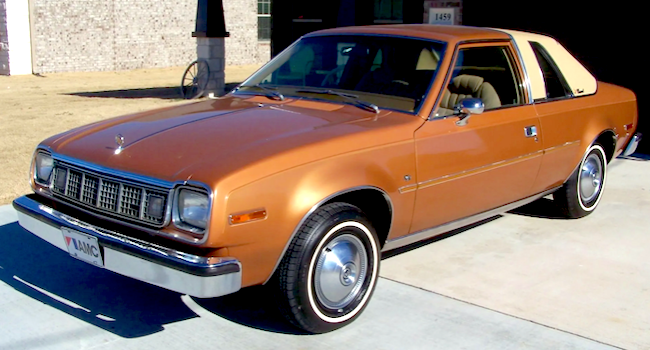That was a model year when many brands were restyled, featuring panoramic (wraparound) windshields, a feature considered futuristic at that time.
The best-selling entry-level brands were Chevrolet (1.830 million made), Ford (1.765 million), and Plymouth (743 thousand) -- Buick out-built Plymouth for third place overall (781 thousand). As it happened, the best-selling models for Chevrolet, Ford and Plymouth were four-door sedans in each brand's most expensive model category, respectively: Bel Air, Fairlane and Belvedere.
Examples of each are shown below. These are what many potential buyers with families had to evaluate when shopping for line-topping models of entry level brands. By "with families," I mean buyers with children, who desired a practical car for everyday use that could transport up to six passengers. Of course, sporty hardtop convertibles could carry six, but they lacked the convenience of having four doors, and were more expensive. For example, Chevy Bel Air hardtops were listed at $2067, whereas Bel Air 4-door sedans were $1932.
1955 Chevrolet Bel Air - car-for-sale photos
Chevrolet was the top-selling car brand in the USA in the post- World War 2 years. Redesigned bodies appeared for the 1955 model year. The panoramic (wraparound) windshield turned out to be a short-run fad, but was a big sales plus in 1955. Its most controversial styling feature was the grille. Some folks thought it was "Ferrari-like," but its lean-forward aspect reduced whatever flashiness it might have had. This was in contradiction to GM design chief Harley Earl's preference for strong frontal styling. (How did that grille pass muster with Harley?? According to Old Cars Weekly, it was actually Earl's idea after viewing some Ferraris in Europe.)
1955 Ford Fairlane - car-for-sale photos
Although it seemed to be a redesign, the '55 Ford was actually a major facelift of the 1952-54 body. I discussed that here.
1955 Plymouth Belvedere - BaT Auctions photos
Like Chevrolet, Plymouth was redesigned for 1955. Its windshield was panoramic, but the A-pillar sloped backwards in the conventional manner. Also conventional was the wide grille (also found on Ford).
Elaborate two-tone paint schemes were fashionable. The scheme found on Chevy Belvederes and Two-Tens (but not on One-Fifty models) makes the cars seem stubbier instead of longer. Unlike '55 Ford and Plymouth 4-door sedans, Chevy's passenger compartment greenhouse is a six-window affair.
Ford two-tone schemes featured an awkward "checkmark" chrome divider that did not provide extra visual length.
Plymouth's two-toning also does not relate well to the body shape. However, its lean-forward front and the attached horizontal chrome strip enhance the car's length. The slanted A-pillar makes for a better shaped greenhouse -- the other wraparounds shown above add to the visual "stubbiness" factor.
Rear ends were simple in those days. All three cars have tail light assemblies that lean backwards, increasing actual belt line-level length (assisted by "Frenched" headlight assemblies up front).
Unlike Chevrolet, Ford and Plymouth two-toning had the main body color on pillars and window framing.
1955 Plymouth Belvedere - Mecum Auctions photo
Not all Belvederes had the two-tone scheme shown above. This scheme is more conventional. The long chrome side strip enhances the appearance of length. When I was in high school, I liked the Chevy design best: now I favor Plymouth's.






















































